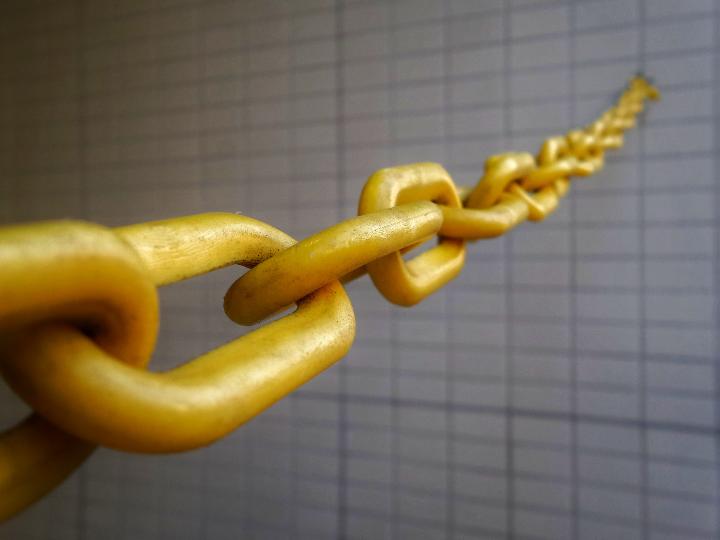Main Supply Chain Processes
Supply Chain is the link between Supplier's Supplier and Customer's Customer. Wherever your position in Supply Chain is, there are 6 min processes in Supply Chain.

- Plan: Planning is essential in each process; failing to plan is planning to fail. Planning Begin with the beginning start of any project, or process. Planning means Decision making at the suitable time. Planning can be strategic, tactical, or operational.
- Sourcing: also called Inbound Logistics*. Every business, even a small entity sources raw material, or unfinished products, or finished goods, or any other resources as personnel. The way of sourcing differs according to your position in the supply chain. For Example: while wholesalers source bulks of few products from factories or manufacturing companies, Distributers source product mix with small amounts to retails.
- Making: Making is the adding value to products or services. Raw Materials are manufactured according to the Bill to form a product, Semi finished products are assembled together to form the finished product. Making is Not limited to manufacturing only, but any process which adds value is considered "making". For Example: Hypermarkets "make" a proper product mix according to the Service level* desired, which is an add value to customers.
- Delivery: is the transfer of any product, material, or any other resource from the origin point to the destination point, it may be B2B, if the delivery happens between 2 businesses as in retail distribution for example, or B2C: last mile delivery, or home delivery, the retail "delivers" its products to the ultimate customer "consumer". There are other methods as C2C where two customers interchange their products. This Transfer is done by several Modes of transportation, by pipes for liquids and gases, by ships in Sea, by Aeroplan for fast shipment of small precious items, by land through railway, bikes, cars and freight forwarding shipment.
- Return: the reverse of delivery, called "reverse logistics". Any Customer doesn't need, or have malfunctioning items, or expired items can return it. These returned items can be recycled to be reused once again.
- Enabling: is the management of all of the business, or a part of it.
*Logistics can be classified into Inbound, Outbound, and Reverse Logistics
* SLA = Service Level Agreement, which measures the level of Customer Satisfaction, it differs from territory to another. For Example, multibranch retails don't have same products in all branches, but items differ according to customer demands. 100% SLA means all customer demands are completely fulfilled as items, and Quantities.
Supply Chain Evaluation
To Evaluate Supply Chain we must evaluate from two points: Customer perception and Internal effectiveness.
Customer Perception
Customers need all his demands fulfilled fast with no errors; So we measure Reliability, and Responsiveness.
Reliability ensure each step of the above processes is done with the least errors, while responsiveness ensure the least cycle times.
Internal effectiveness
Businesses must measure Agility "flexibility", to maintain the adaptability with market changes, and avoid or mitigate any risks.
Cost Management is one of the main attributes to measure the effectiveness of supply chain as it measure the % of the total Supply Chain Costs
Assets Management means making the best of use of Assets for improving the ROI.
Ur-Serv Business Development LLC focus on enhancing, implementing Supply Chain Strategy, Register Now!
Contact Us Now
Whatsapp
email: info@ur-serv.com